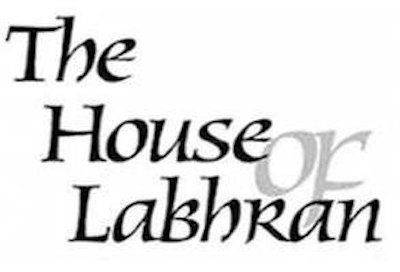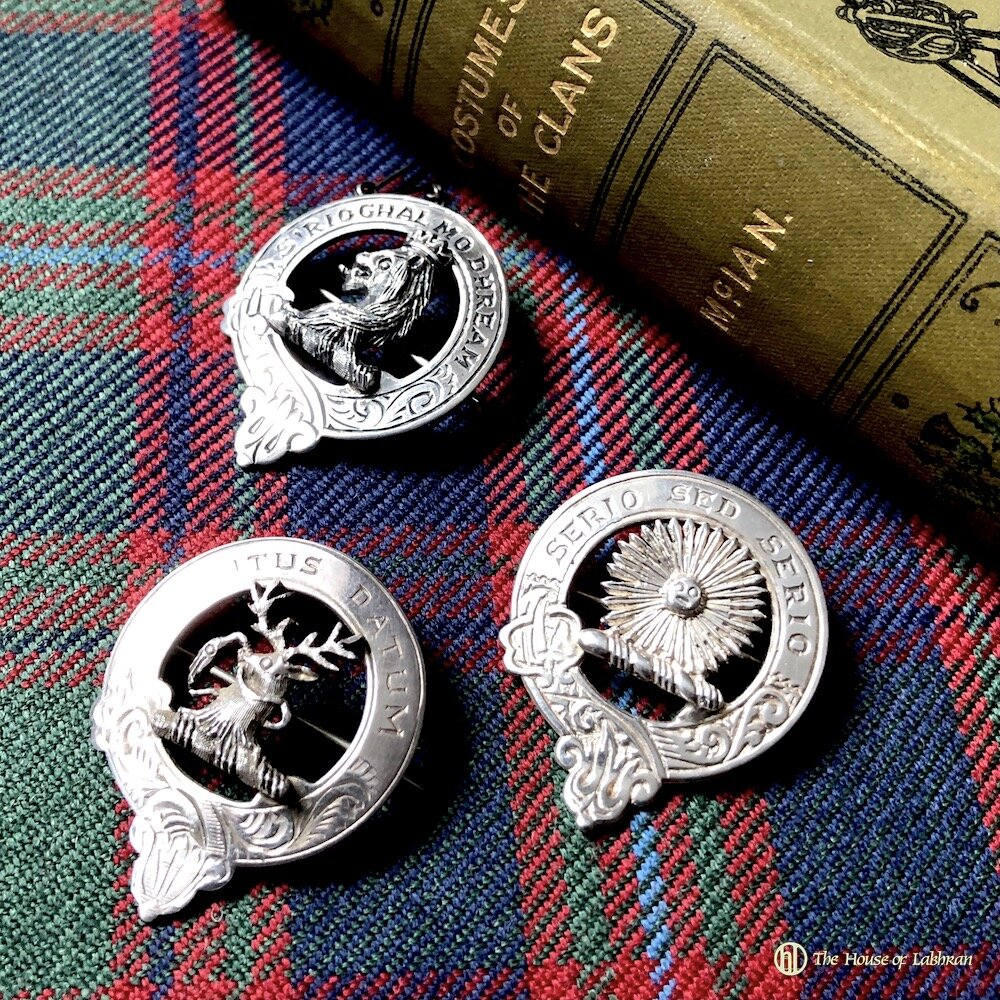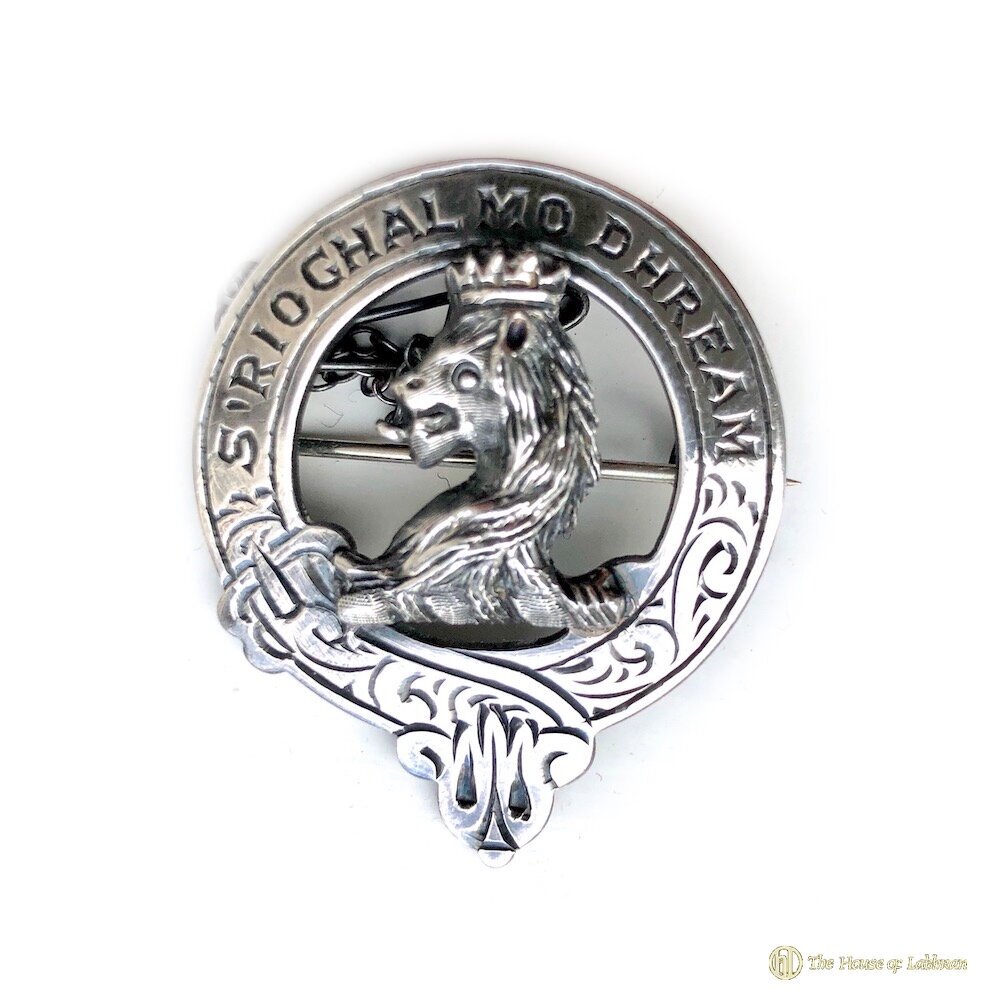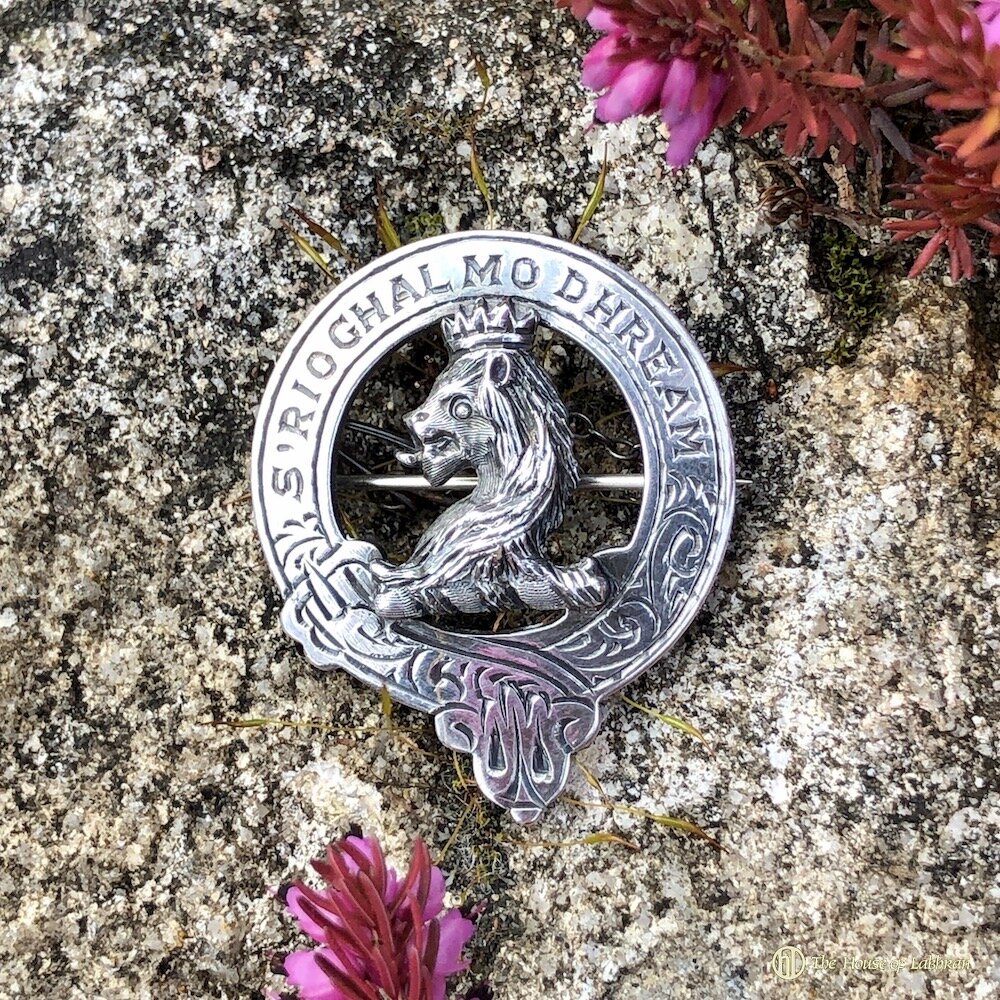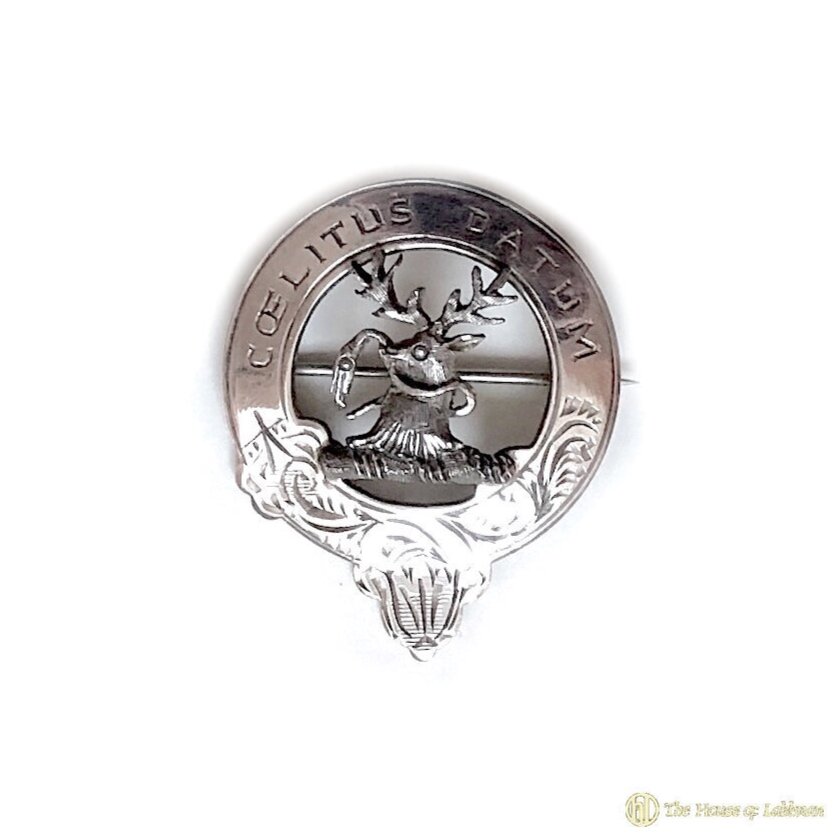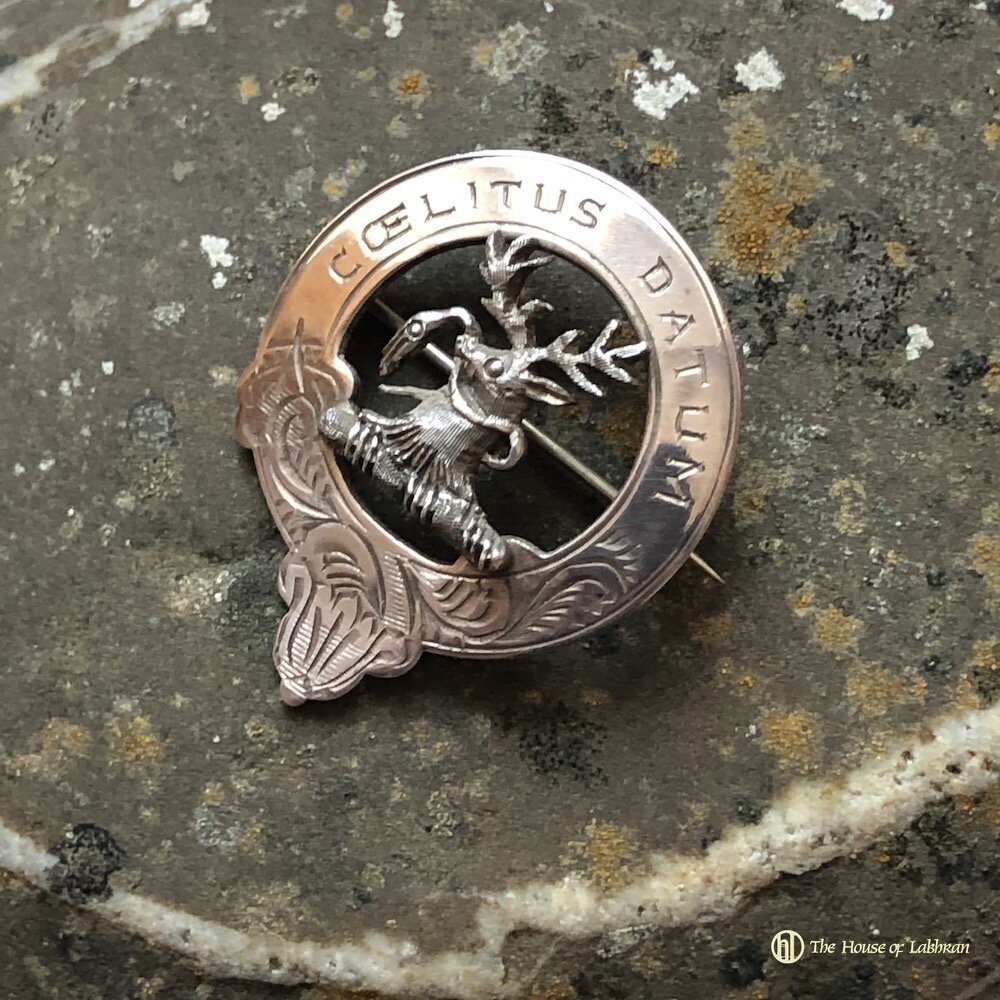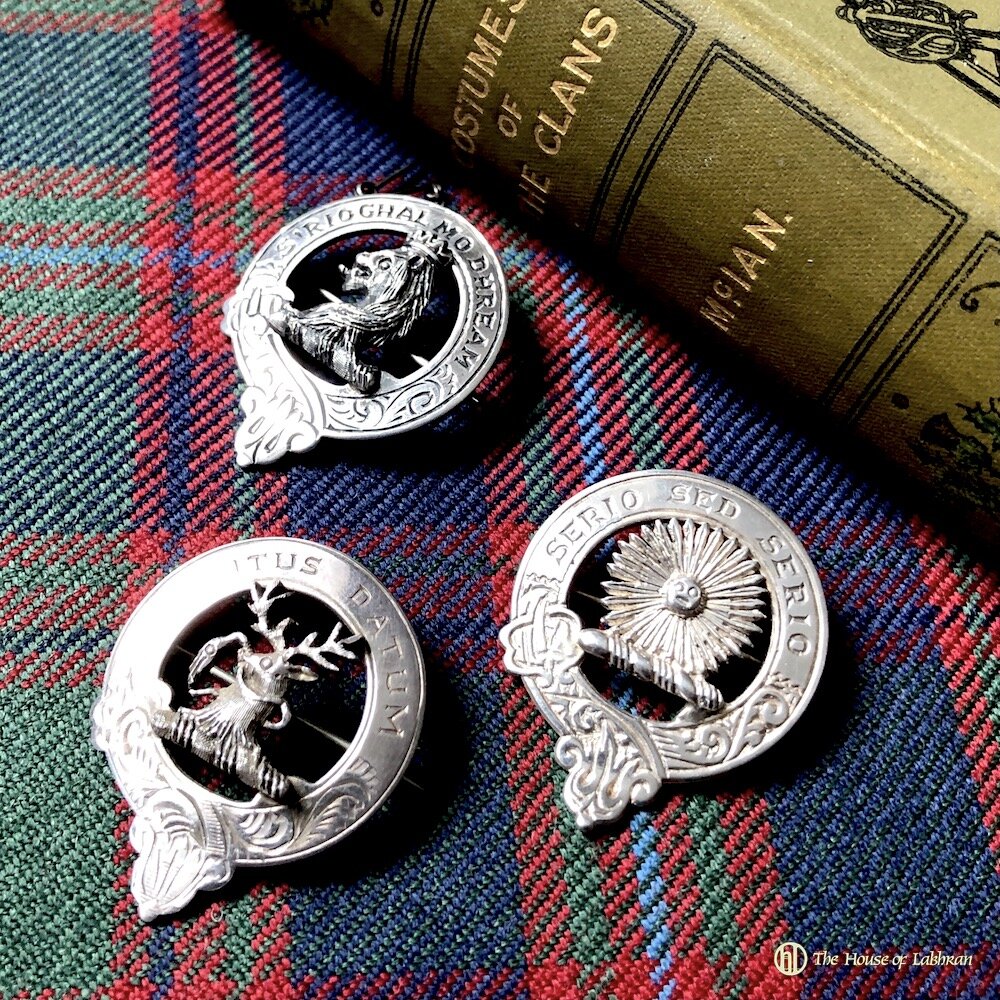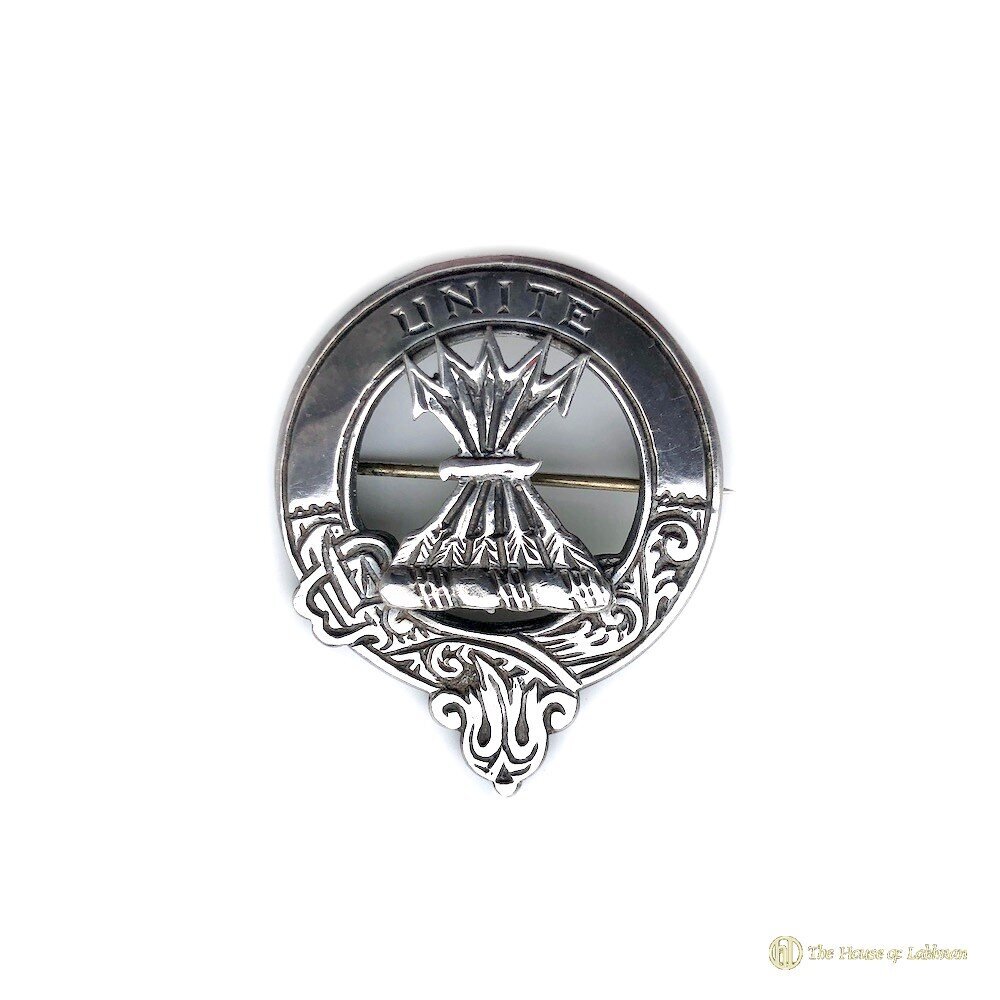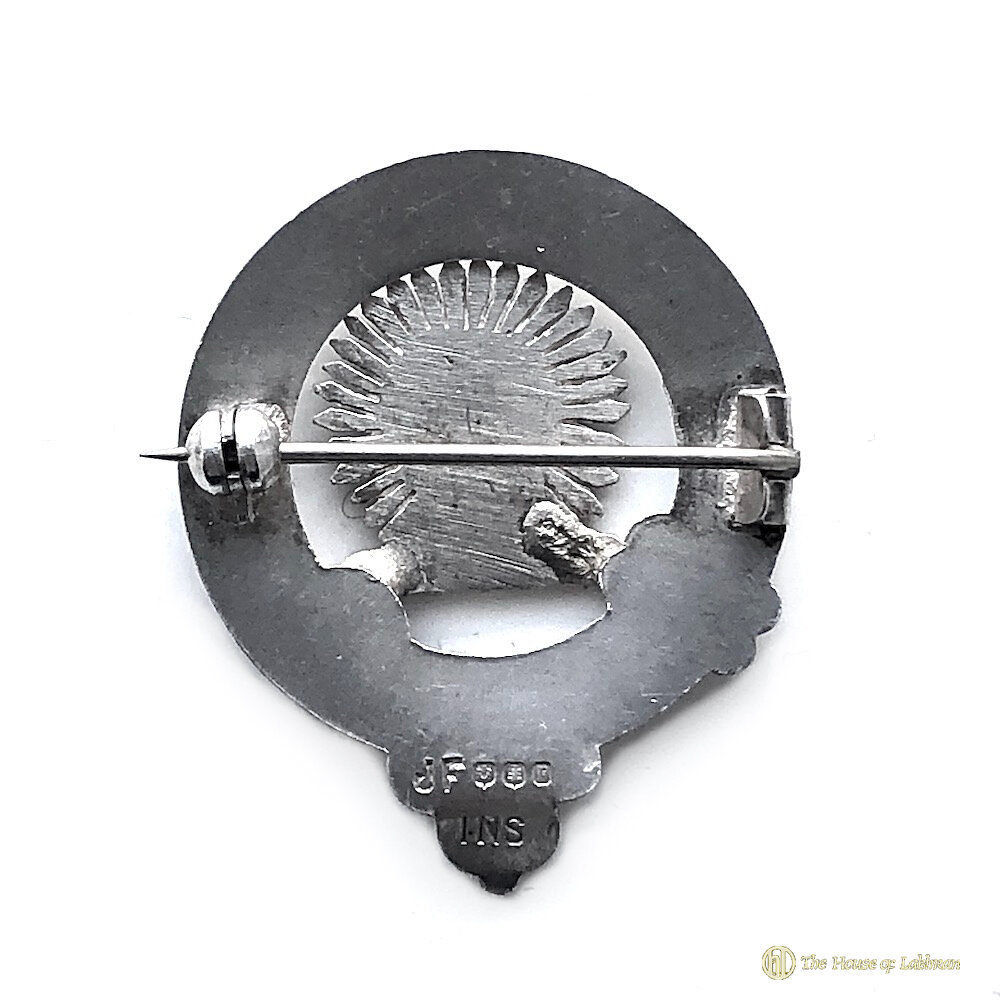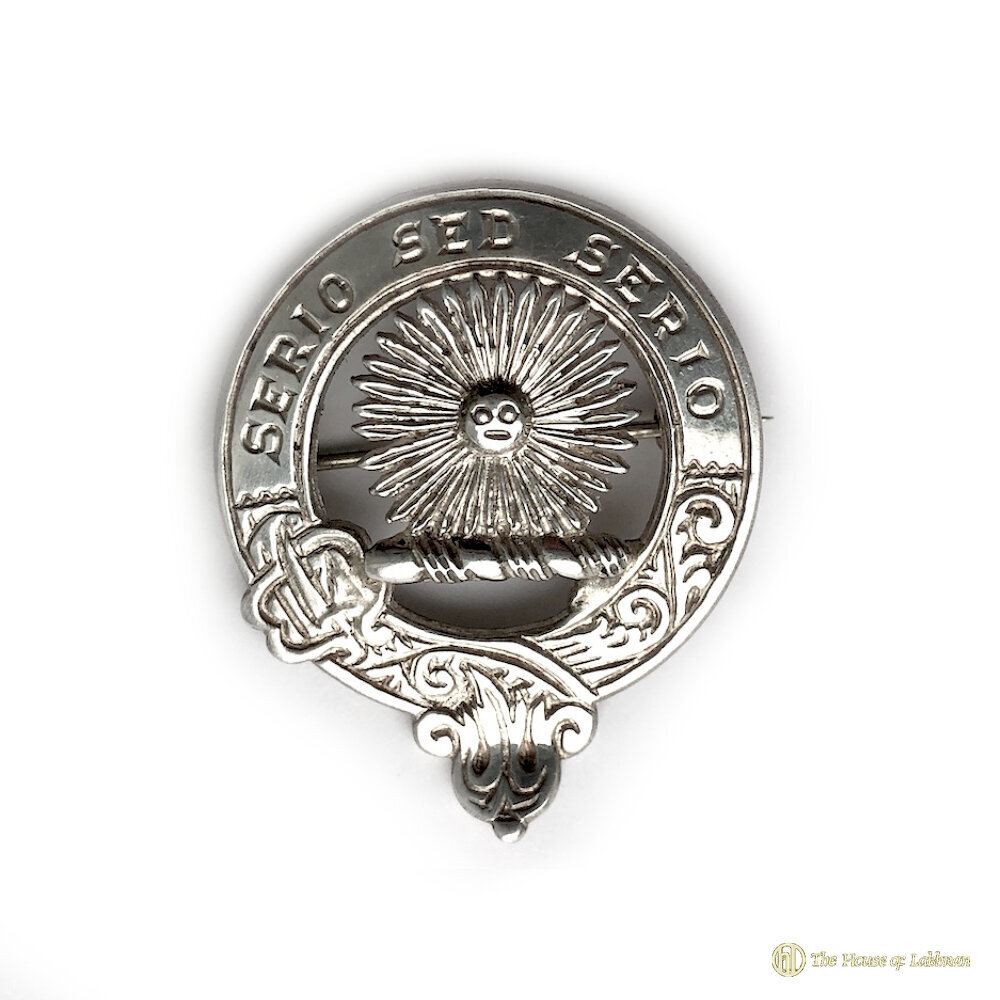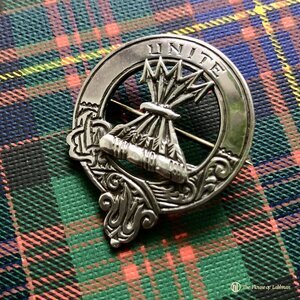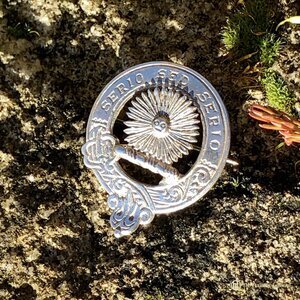Inverness Scottish Provincial Silver Clan Badges
One of the most sought-after and valuable items of Inverness provincial silver are clan badges. These exquisite pieces have garnered a strong following among collectors over the years. Among the various patterns available, those crafted by renowned silversmiths such as Medlock & Craik and John Fraser 'Silvercraft' are highly coveted for their superior quality and intricate designs that showcase the rich heritage of Scottish clans.
We thought it would be a helpful blog to layout a timeline of the development of the pattern.
In the 19th century, Inverness silversmiths played a crucial role in meeting the demand for silver clan badges among visitors to the Highlands. Notable names in the sector included Fraser, Ferguson & McBean, and Arthur Medlock, later known as Medlock & Craik. These renowned artisans specialized in creating intricate and larger cast bonnet badges that showcased the distinctive Victorian and Edwardian styles, catering to a discerning clientele seeking quality Highland dress accessories.
Arthur Medlock Highland Jewellery Establishment
Arthur Medlock commenced his business around 1876, establishing a shop located at 35 Castle Street in Inverness. Born on the 17th of June, 1852 in Polton Street, Cockpen, Midlothian, he honed his craft as a watchmaker during his apprenticeship under Daniel Ferguson of Inverness. On April 22, 1874, Medlock sealed both his professional and personal bond by marrying Ferguson's daughter, Anne.
In May 1883 he relocated the shop to 6, Bridge Street Inverness where he was to stay for the rest of his career. Although Medlock entered marks at the Edinburgh Assay Office in 1890, most of his output appears to be marked with just a simple 'MEDLOCK' and 'INVss'.
Edinburgh and Inverness silver hallmarks active c. 1875-1925
Edinburgh hallmark 1890
Medlock & Craik Highland Jewellery Establishment
In September 1913, Athur Medlock decided to pass on his business to James Robert Craik, marking a turning point for the company. Under James Craik's leadership, the business was rebranded as Medlock & Craik, solidifying their partnership. After retiring, Arthur Medlock chose to spend his remaining years in Ireland, where he eventually passed away on the 4th of August 1930. Interestingly, while the 'Medlock' hallmark remained in use until 1925, a new hallmark had already been registered by Medlock & Craik in 1920, showcasing the evolution of the business over time.
In the 1930’s, Medlock & Craik made a significant decision to revamp their clan badge, transforming it into a versatile and multipurpose design. This innovative approach allowed the badge to serve various functions, such as adorning a small clan bonnet, embellishing a clan lapel, acting as a distinguished watch fob for gentlemen, being mounted on a kilt pin, and even worn as a charming pendant for the ladies of the clan.
This redesign has become the now highly collectible pattern we know today. It was during the 1930s that a young John Fraser commenced his apprenticeship at Medlock & Craik, ultimately taking the design under his own hallmark until 1970. John Fraser's dedication and skill further enhanced the enduring legacy of this pattern.
Medlock & Craik - Edinburgh - INVSS hallmark in various forms was active from circa 1920-1959
JOHN FRASER - SILVERCRAFT
John Fraser had served his silversmith apprenticeship in the 1930's with Medlock and Craik, at 6 Bridge Street, Inverness.
In 1942 John Fraser started trading as 'Silvercraft’ and established his shop at 51 Castle St Inverness. His hallmarks were active from 1942-1970’s. The firm later had premises in Exchange Place, and Queensgate.
John Fraser entered his mark,' JF ' with the Edinburgh Assay Office on the 24th June 1960. This was used until 1970.
For the current stock of vintage and silver clan badges please visit follow the link
